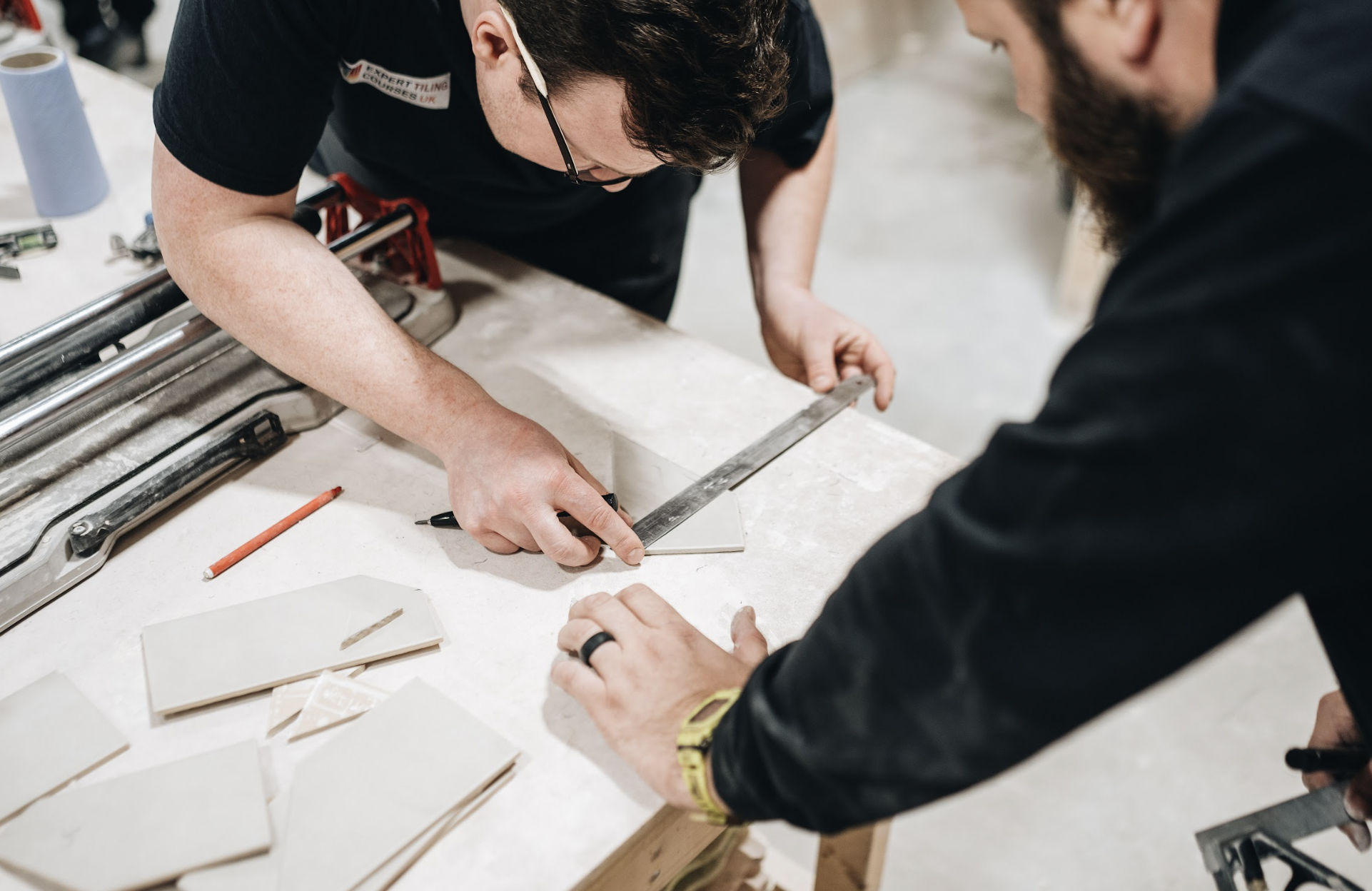Why has my grout cracked?

This can be a common problem. You finish a tiling job, everything looks good, your tiles are all perfectly flat with no lipping, all your joints line up and are evenly spaced, and your grouting has finished it off nicely. Then the following day you get a call because the grout has cracked. This can be extremely frustrating, especially when you don’t know why!
There are a number of things that can cause grout to crack, here are a few of the most common causes.
- Your joints aren’t fully filled. It is important to fill the joints between tiles FULLY. This means all the way to the back. Any gaps behind the front surface of your grout mean that there are air pockets which can burst through. It also means your grout isn’t fully supported on the background surface. Always try to push your grout fully in to the joints, this way it removes all air pockets and ensures proper support.
- The adhesive wasn’t fully dry before you grouted. If you have rushed to grout your work before the adhesive is fully dry, as it cures it can cause minor movement in the tiles which can crack the grout. Some ready-mixed adhesives can take a number of days to fully cure, whereas rapid setting adhesive will be fully dry in a few hours. Always make sure you are certain the adhesive has cured before grouting up your work.
- Unstable background substrate. Put simply, this means the surface you have fixed your tiles to is either not strong enough to hold the weight of your tiles and adhesive, or it is moving. This movement will cause your tiles to shift very slightly which can be enough to cause small cracks in your grout lines. It is vital to inspect your background substrates fully before attempting to fix tiles to them, and do any necessary preparation work to ensure they are suitable. You can use a flexible grout to help overcome very slight movement where you can’t fully remove the flex in a floor for example.
- Your tiles have not bonded correctly. This can be caused by any number of issues. Poor fixing, the wrong sized trowel or incorrect selection of adhesive are common causes. Because your tiles are not correctly/fully fixed to the background, they can move slightly. This movement causes cracks to appear in the grout.
- Incorrect grout selection for wider joints. As grout dries, it shrinks slightly. In wider joints this shrinkage can be amplified and can cause small cracks. There are grout products available for wider joints so it is important to select the correct grout for each job.
All of the above can be avoided by fully inspecting and preparing your background substrates, selecting the correct adhesives and grouts for each job, and using the correct application techniques. Students of Expert Tiling Courses UK can expect to learn about all of these issues and techniques on one of our intensive tiling courses.
If you are interested in attending one of our highly recommended courses, or have any questions at all, give us a call on 0333 772 1933, we would love to hear from you.
Find the perfect course for you
Whether you're just getting started, or have a few years in the construction industry under your belt and are looking to up-skill yourself, we have a course for everyone.







